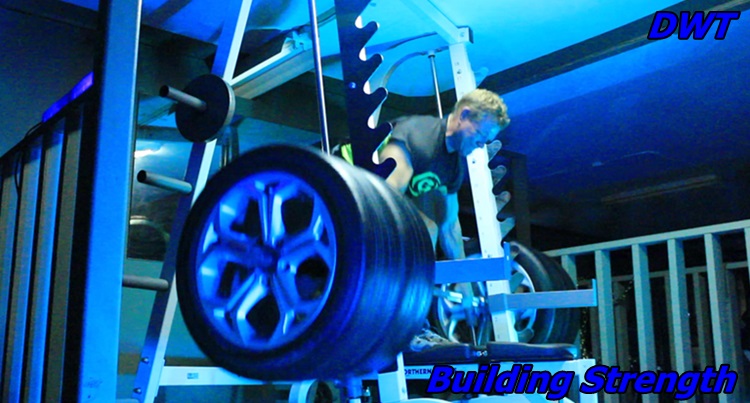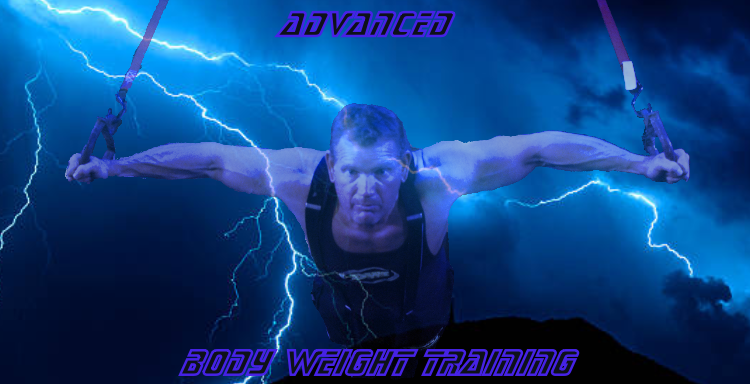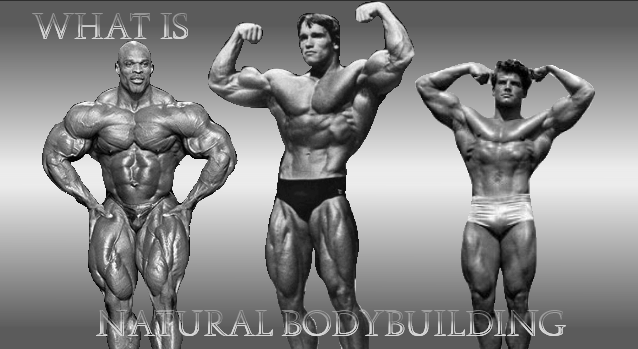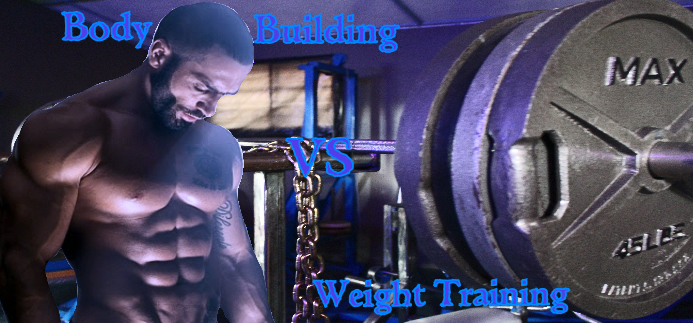Power vs Strength
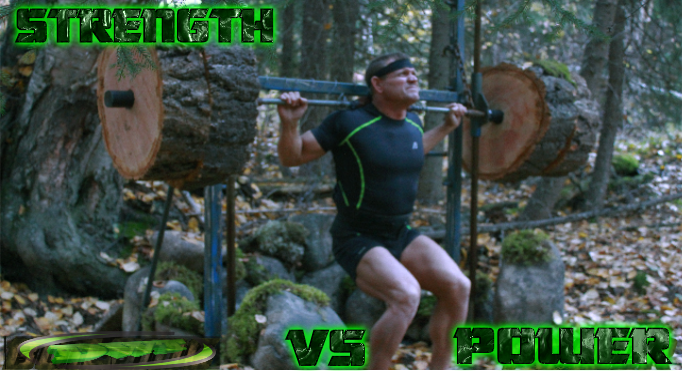
Power vs strength can be defined in each of us differently: trying to define a textbook meaning to these words, that can be thrown around loosely in sport and fitness circles, do have their proper place and distinct meaning to each other. Oddly enough they are both parts of each other and related.
Depending on what sport or athletic venture you're involved in you may see a need to increase overall raw strength and power including endurance, your training should always reflect your goal.
Development of power and strength can and will be unique to each athlete because, both power and strength also have mental components to each of them. Dynamic weight training.com will try to bring some clarification to these two terms.
Defining the Differences In Power and Strength
The defining difference between power vs strength can be simply summed up; strength + speed = power or explosive force!
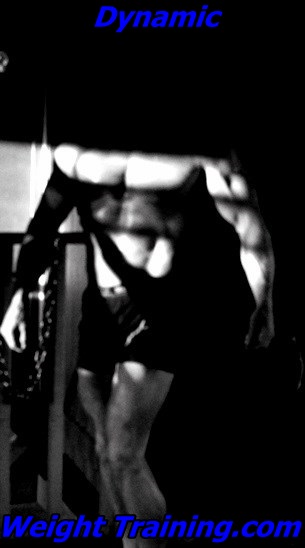
The determining difference between these are: strength training puts more emphasis on the muscles being contracted over longer periods of time, meaning: several seconds can lapse over the
course of four or five repetitions and often taxes oxygen reserves.
Training for power is the ability to have the muscle contract explosively (fast), which would be measured not in seconds, but in milliseconds.
This is controlled and manipulated through practiced repetitive movements based on technique, giving the best leverage and momentous advantage of moving the barbell/dumbbell to completion of the movement within the technique of the exercise.
As the body learns to handle explosive power movements, the muscle structure and nervous system becomes more efficient or adept at building stronger Nero-pathway-bridges... this often stimulates new athletic confidence as power and strength increases.
Power movements can also be viewed as the (money shot), in most sports such as:
Powerlifting, Olympic lifting or endurance training this explosiveness creates a strong visual impact when an athlete out-lifts the resistance of heavy external objects, often well in excess of the lifters own body weight.
Raw strength: is not determined by speed of movement or explosiveness while lifting heavy loads, instead... is a lower gear giving the ability to overcome the external resistance, while maintaining control over each rep! (strength training vs bodybuilding)
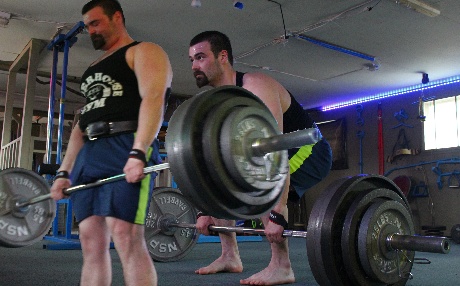
- Strength = the ability to move heavy resistance while maintaining control over speed and tempo of the resistance.
- Best results for strength training resides in: using 85% or more of your (1RM) max with a 4 to 6 max rep range per set. In set bundles of 4 to 5 per exercise with 3 to 4 min. breaks between sets.
- Strength is also the ability to force the muscles to contract throughout each exercise entirely within each rep. This is extremely demanding mentally and physically.
- Multi-joint, or compound exercises are the basis of building strength, these exercises center on: the bench press, squats, dead lifting and rowing exercises.
Raw Power: where power is divided from strength
- Power = force, the ability to move heavy resistance at increased speeds.
- With power: the movements are generally more explosive, momentum is used to increase movement and central nervous system response.
- Strength: in the equation of power is short-lived: in power based exercises such as Power Cleans, Clean and Jerk and the Snatch as seen in Olympic lifting. Power is often associated and coordinated to an all out effort of 1 to 2 Reps
- Building power: in your fitness arsenal will result in strength increases in compound or multi-joint exercises. The explosiveness of performing exercises of this caliber recruits more-fast twitch fiber. This can be used in any and all sports where power driven technique is used to a greater advantage for the athlete, such as: Football, Sprinting, High Jumping, Shot Put or Olympic lifting etc.
The Mental Bridge of Power Movements
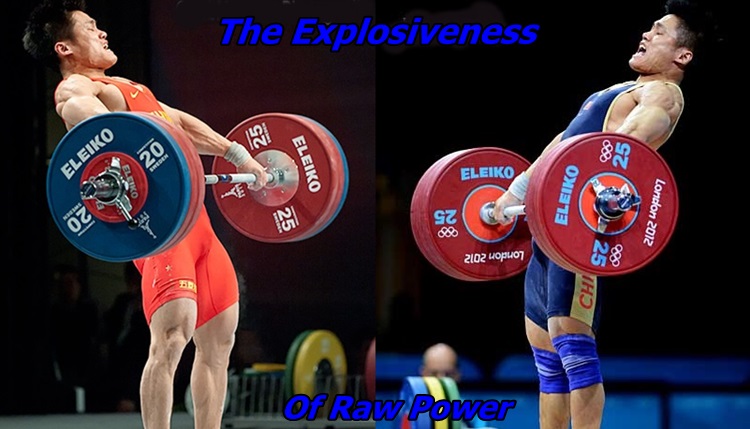
Part of the power vs strength differences often center on genetic and athletic potential of each individual athlete.
Raw power and how to generate it; typically centres on the neurological intensity that an athlete can incorporate that forces, S/he’s will towards lifting an object quickly.
Not only do the muscles come into play, the central nervous system also has to be trained to be in control and competent at explosiveness in power-based movements.
Training for power is psychological. Consistent, progressive effort in lifting technique is what builds confidence and ability in power based lifts.
Confidence and self understanding - is the force the mind uses to overcome obstacles that would normally be to difficult for most to move, no matter how much effort was exerted.
When the mind can no longer force out another repetition, will-power generated by the desire to overcome and achieve the goal is where will-power is stored.
When goals are succeeded, the weightlifter often begins the graduation to the next level in his or her training.
Power vs Strength, Exploring Cycles of Periodization
Power is often defined by its rep range and explosiveness of each rep, power and strength are both relatives to the central nervous system.
The connection that you make with your training for power or strength is directly related to one thing... stress, or the adaptation to new stress.
If the body is continually exposed to the same stress for too long, it can/will enter a state of exhaustion. The adaptive process to the same continuous stress for long durations, meaning: in excess of 2½ to 3 months the body ultimately succumbs to exhaustion.
The nervous system stagnates or plateaus and the body can become over-trained or unchallenged.
Intermediates, even advanced athletes can sometimes miss the simple fact of prioritizing each goal; using a good periodization training system to change things up, giving the muscles, joints and the nervous system, new challenges and obstacles to adapt to... training breaks and variety inspires longevity!
In essence; it is not power vs strength, but more the difference between the two that the athlete should use to build raw strength to increase neurological explosiveness while incorporating good lifting technique should keep you traveling in the direction of your goal.
As you advance, each athlete should have a descent arsenal of training methods and employ them over short periods, short: meaning...
four to eight weeks Max for sports and 2 1/2 to 3 months for increasing power or strength exclusively - continuously cycle them systematically to produce the results geared toward each goal, prevents stagnation and maximizes training adaptation, goes a long way towards preventing regular training plateaus, boredom and possible injury.
Overview:
If you’re relatively new to weight training in general, you may find the information here geared more at advanced lifters; so please, keep this in mind if you're early in your lifting career.
If you're unfamiliar with explosive based movements I might suggest - consulting an experienced lifter or reputable personal trainer for assistance with lifting form, technique and explosive exercises; at least in the early part of your lifting career.
Power vs strength is simply two different training methods in weight training; use them as and where you think you need them, avoid sticking with any one of them for prolonged periods as mentioned.
If you find you have weak spots in your muscularity, strength or favorite sport you compete in: using power and strength and prioritizing these weak areas can give an amazing accelerated advantage to your training or sport related goal.
Break-up repetitive boredom and monotony by routinely changing everything you do in and out of the gym, the more you change stress in your intensity levels - the more you'll crush training plateaus...
ultimately building a stronger confidence base that accelerates you to your Goal.
Whether you train for strength or power take it one day at a time, if you’re determined... you will get there! I hope power vs strength has helped shed some light on the subject for you.
Good luck.
DWT
